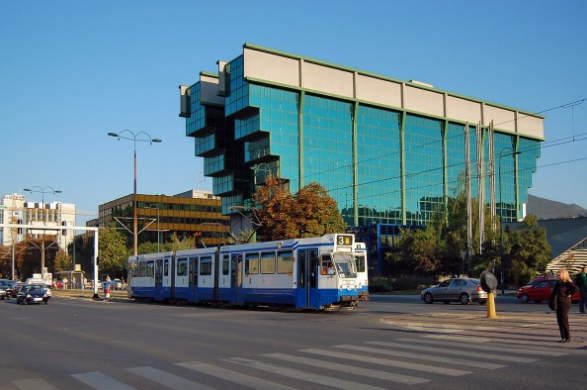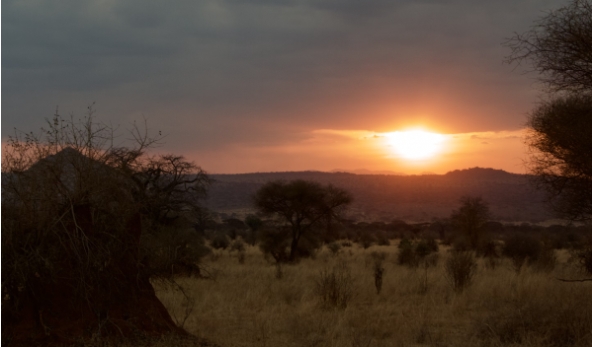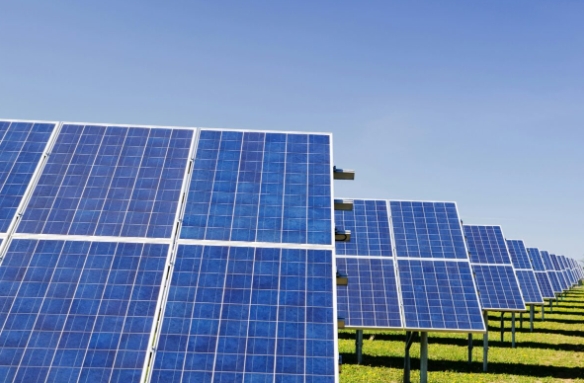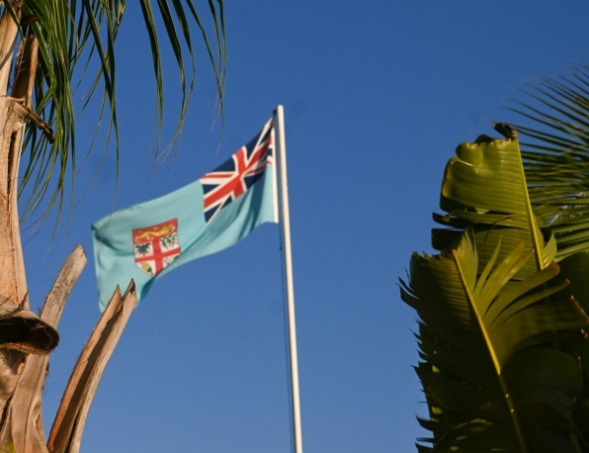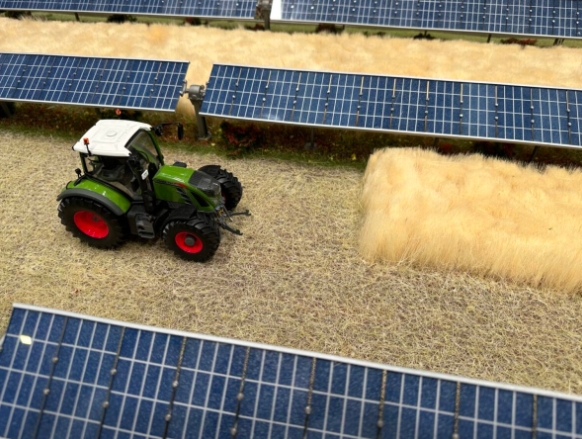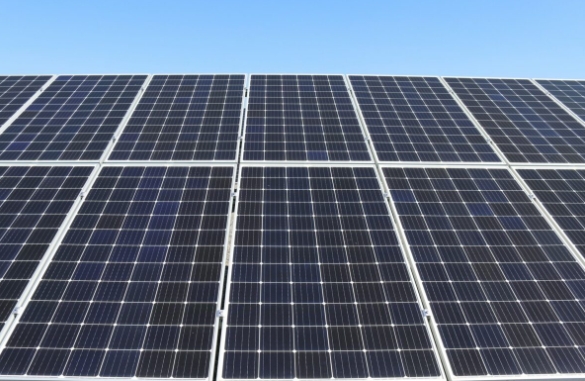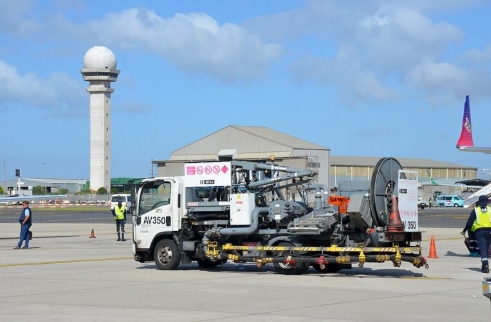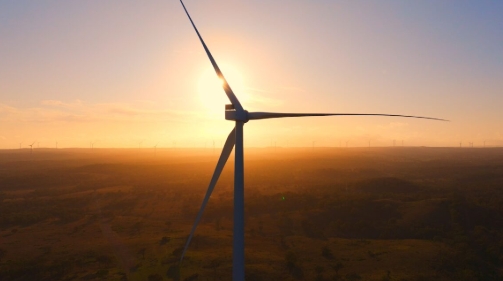 Finnish wave energy technology developer, AW-Energy Oy, has signed a memorandum of understanding (MOU) with Kaoko Green Energy Solutions (Pty) Ltd to provide its WaveRoller technology for a project aimed at producing hydrogen from renewable energy sources, including wave energy, in Namibia.
Finnish wave energy technology developer, AW-Energy Oy, has signed a memorandum of understanding (MOU) with Kaoko Green Energy Solutions (Pty) Ltd to provide its WaveRoller technology for a project aimed at producing hydrogen from renewable energy sources, including wave energy, in Namibia.The project, which is expected to be carried out in three stages, will involve designing a detailed site plan, deploying a WaveRoller wave farm on the coast of Swakopmund, assessing the capacity of wave farms in several locations, and expanding wave energy plants to provide power to the grid and support desalination and green hydrogen projects.
According to Sacky Nalusha, a director at Kaoko Green Energy, the current energy shortages in the region have led to exploring alternative, sustainable energy sources, and ocean waves have the potential to provide a sustainable solution to the energy needs and demands of the country. Namibia’s Green Hydrogen Council launched its green hydrogen strategy at the Sharm el-Sheikh Climate Change Conference in November 2022, and the country has teamed up with Europe to ensure a sustainable supply of raw materials and develop renewable energy and green hydrogen initiatives.
Wave energy is a promising technology for renewable energy, and the use of AW-Energy’s WaveRoller device for hydrogen production could potentially have a significant impact on the global energy industry. However, there are also potential challenges that need to be addressed, such as the high costs associated with wave energy projects and the potential impact on marine ecosystems. Nevertheless, if the project is successfully implemented, it could serve as a model for other countries seeking to develop renewable energy sources and reduce their carbon footprint.
